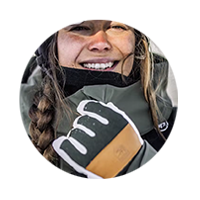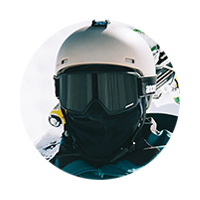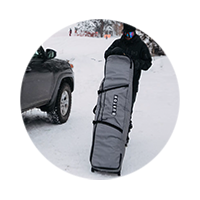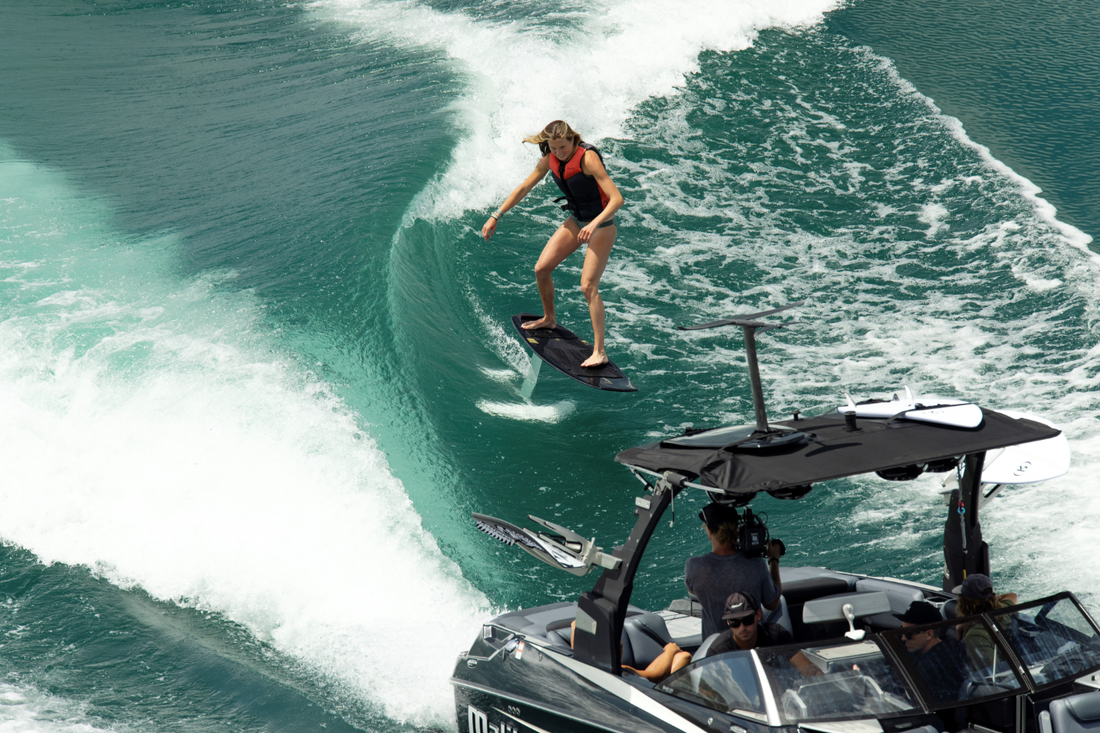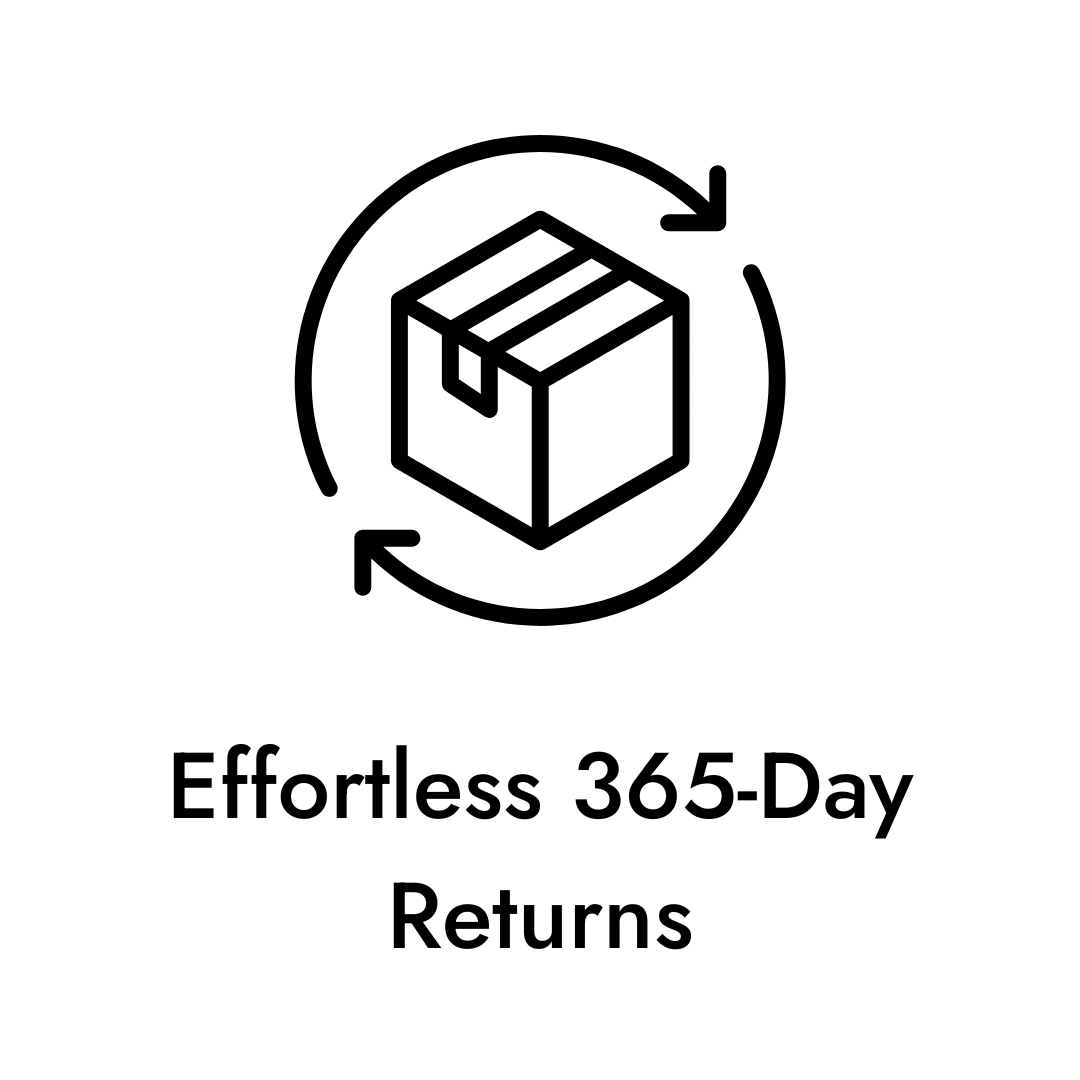Wake foiling is growing in popularity on Australia's waterways, you've probably spotted one on your local river or damn this past summer.
Sure, at first it is intimidating, though with wakeboarding, skiing or surfing experience you will love the challenge wake foiling brings and find comfort with the skills you already have!

What is Wake Foiling?
Wake foiling involves riding a board that is attached to a hydrofoil, which is a wing-like structure that lifts the board and rider out of the water as they gain speed. This creates a thrilling sensation of gliding above the water's surface and has attracted many water sports enthusiasts
One of the main benefits of foiling is that it can be done in a variety of water conditions, making it a versatile sport.
How Foiling Works
The science behind foiling and foil design is complex, but essentially, as the foil moves forward through the water, the wings create lift, raising the board and rider out of the water. The two key elements of lift are the speed and size of the wing.
The faster you go and the bigger the wing, the more lift you will feel.
Weight and positioning are the two main factors to consider. The further forward you are over the front wing, the harder it will be for the foil to lift the board and rider out of the water.
The Gear

Setting up your foil requires a fair few components
- Mast which controls how high you fly. We suggest 60-70 cm length for learning
- Front and back wing
- Fuselage which connects both wings
- Foil specific board. The bigger the better for beginners
Foil are generally constructed from either an aluminium (affordable and durable when learning) or carbon (lighter and perform better).
Our staff are available to help build you the perfect foil package and select the right foil board.
Shop Foil Packages Shop Foiling Boards
Wake Foiling Tips for Beginners
If you are a beginner, a good place to start is behind a boat or jetski.
Keeping the towing vessel at a slower speed helps to keep the foil from lifting so you can gain confidence.
Keep body weight forward on the board (opposite to wake surfing) when learning will help stop the foil from lifting and throwing the rider. Gradually shifting weight to the back foot will keep you in control of the foil as it slowly lifts the board and rider into the air.

